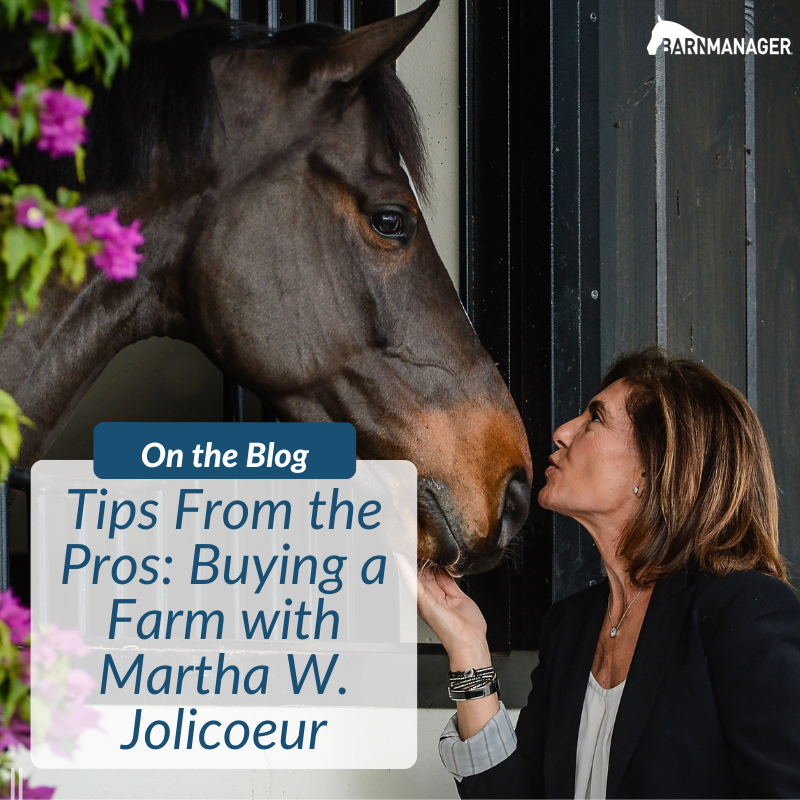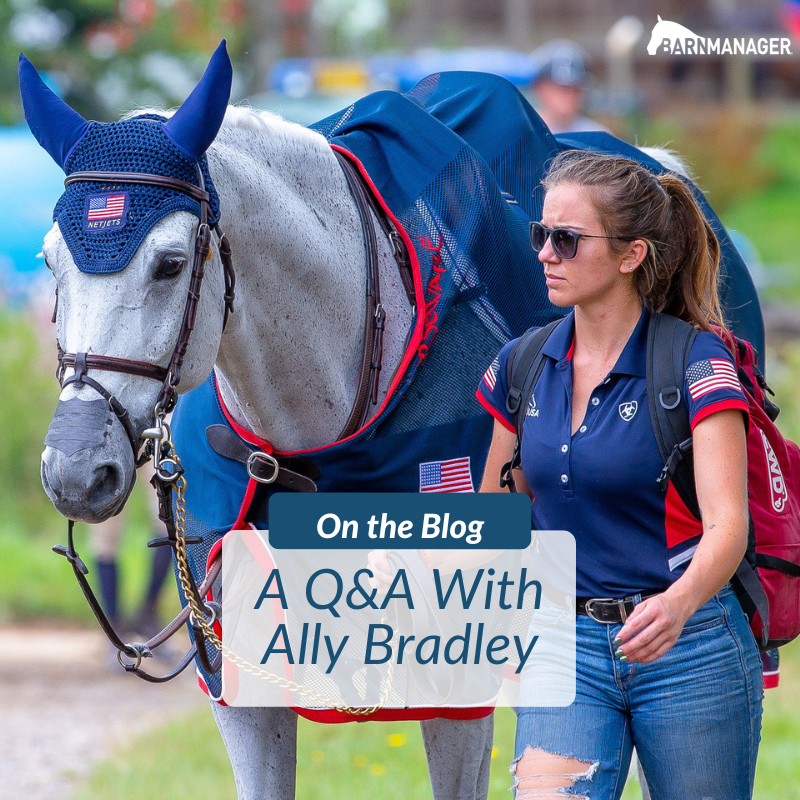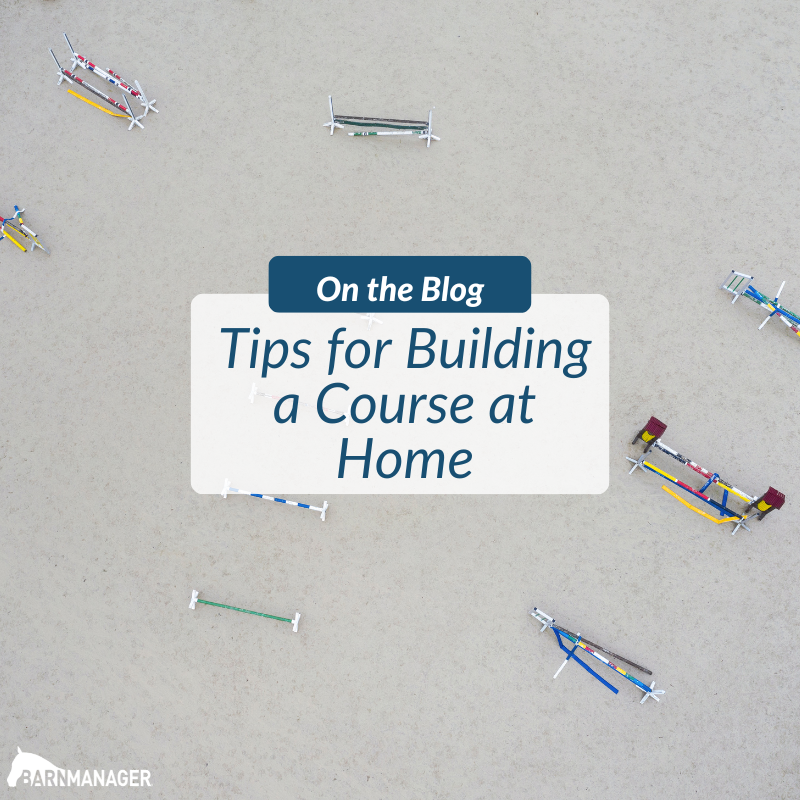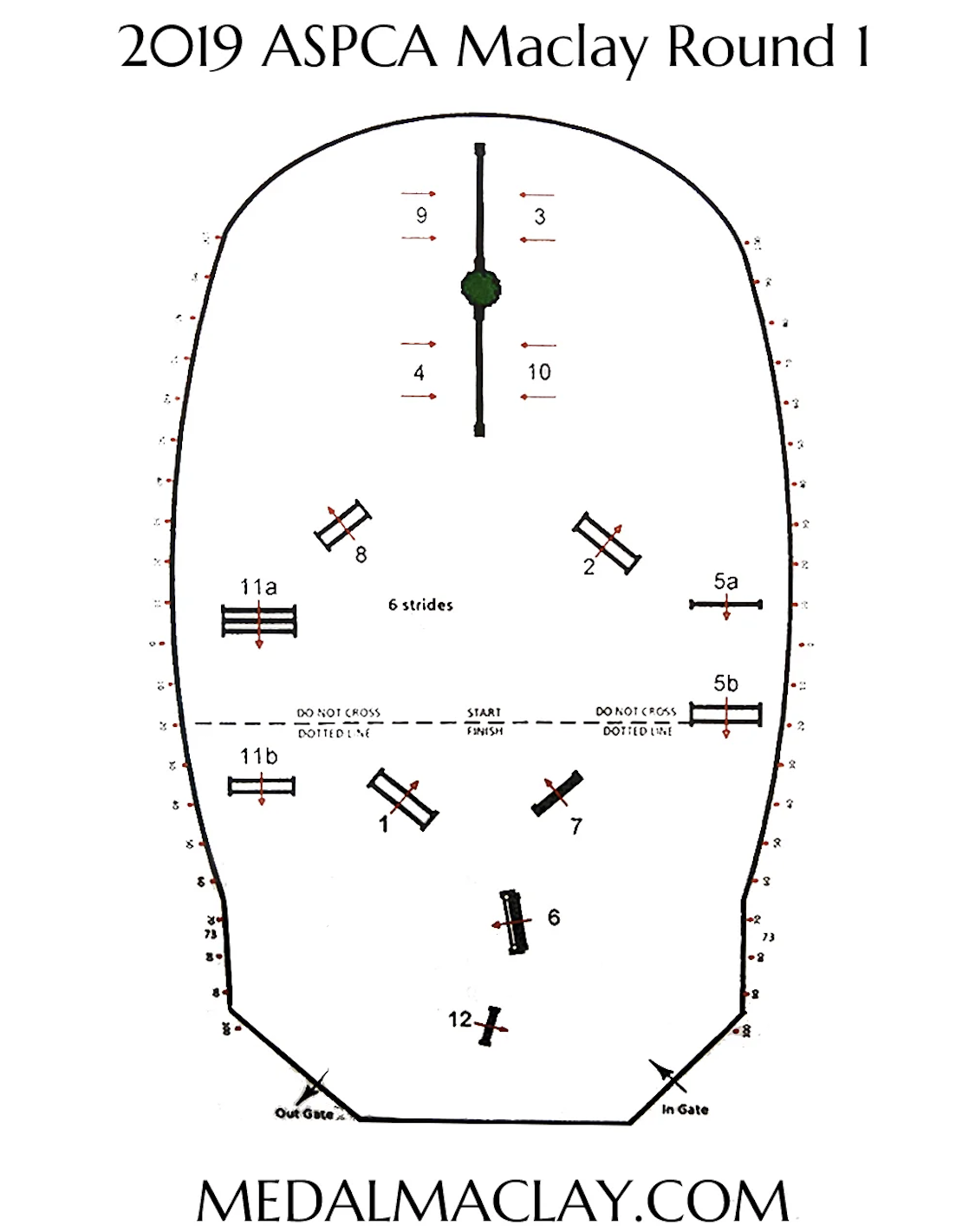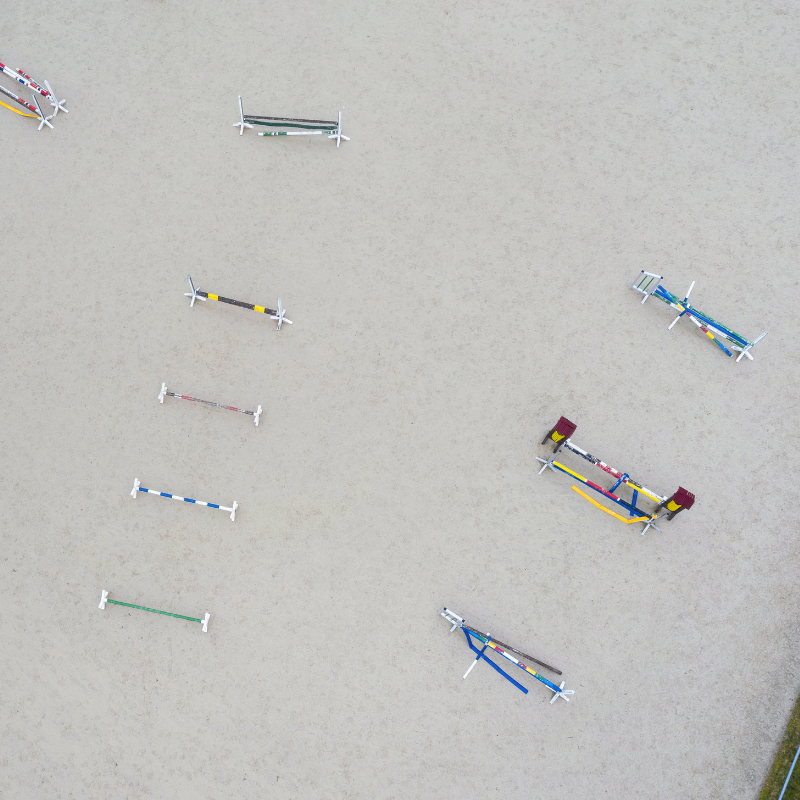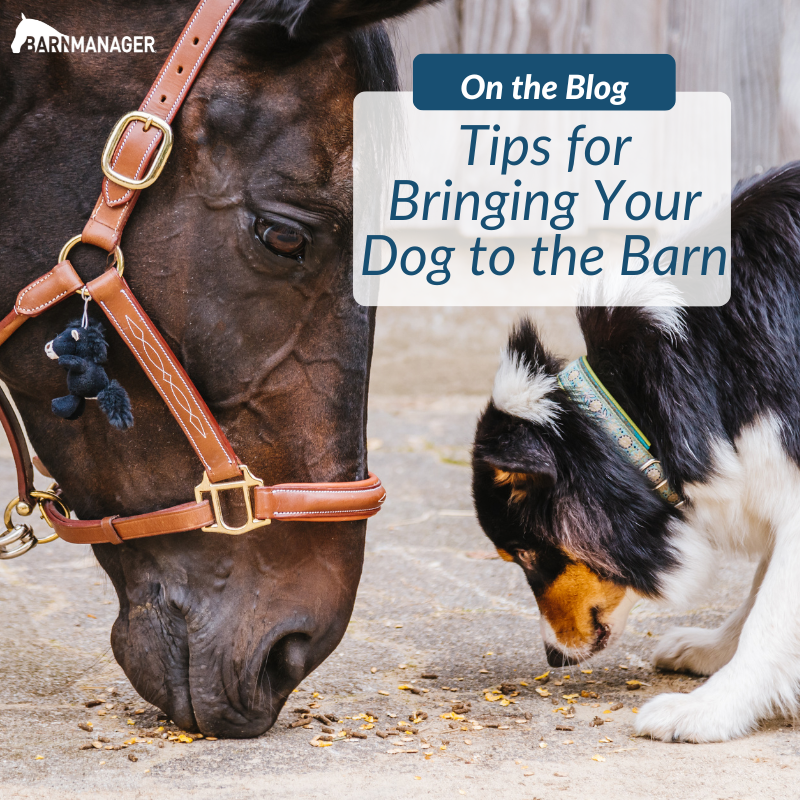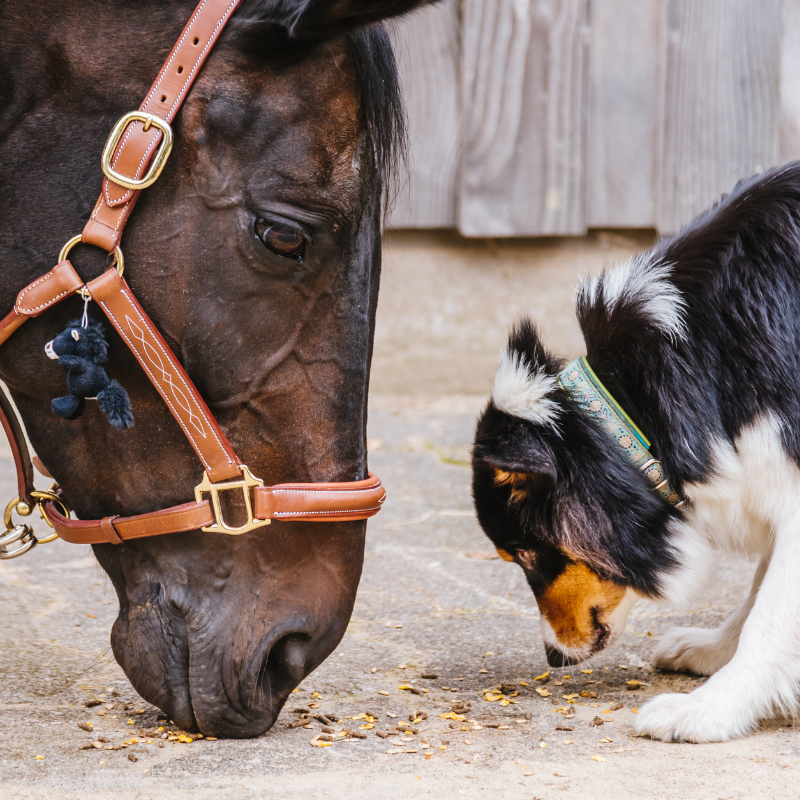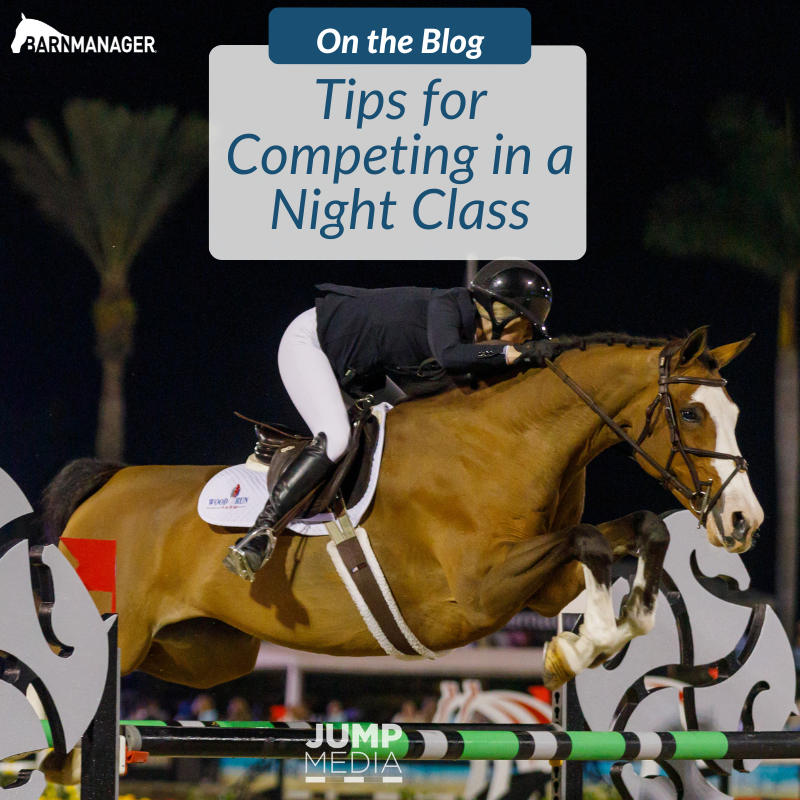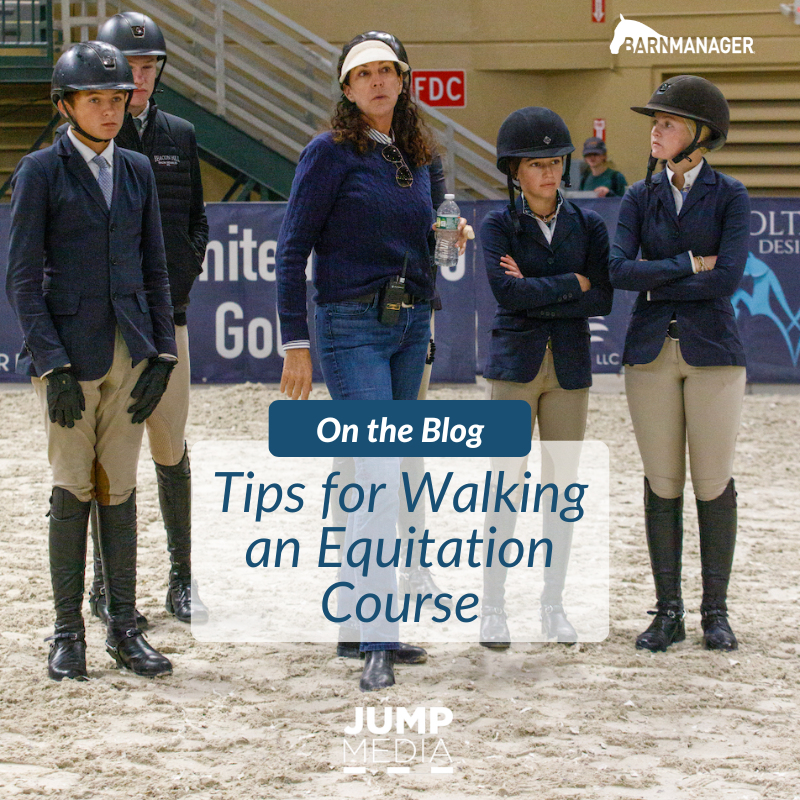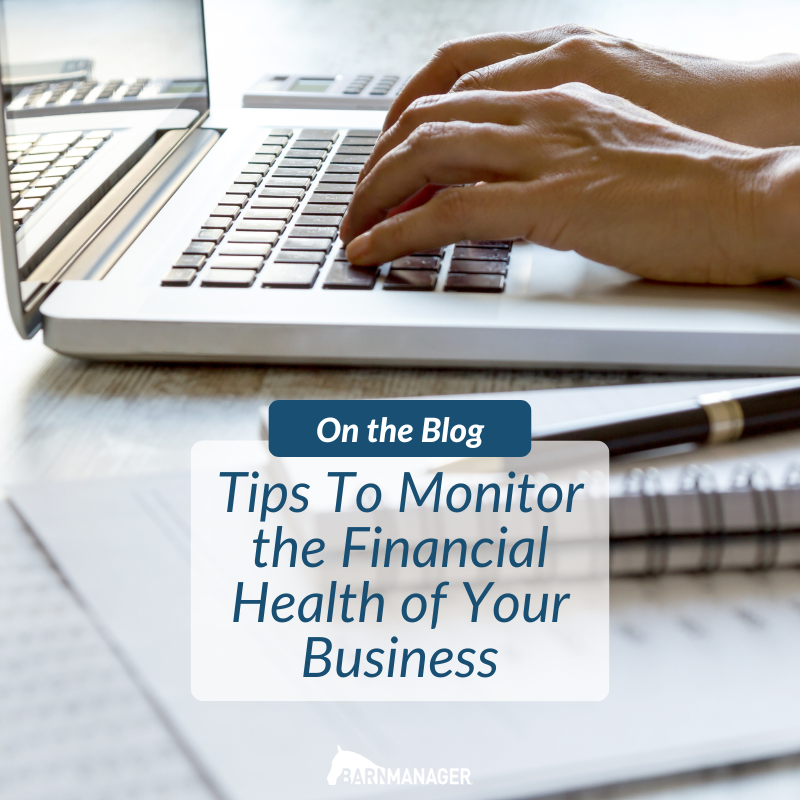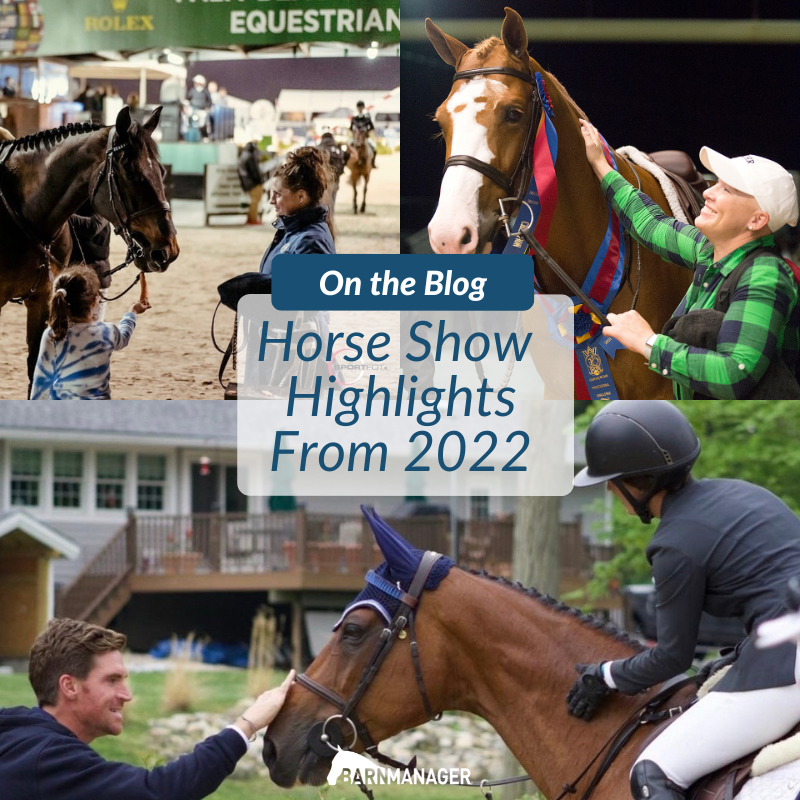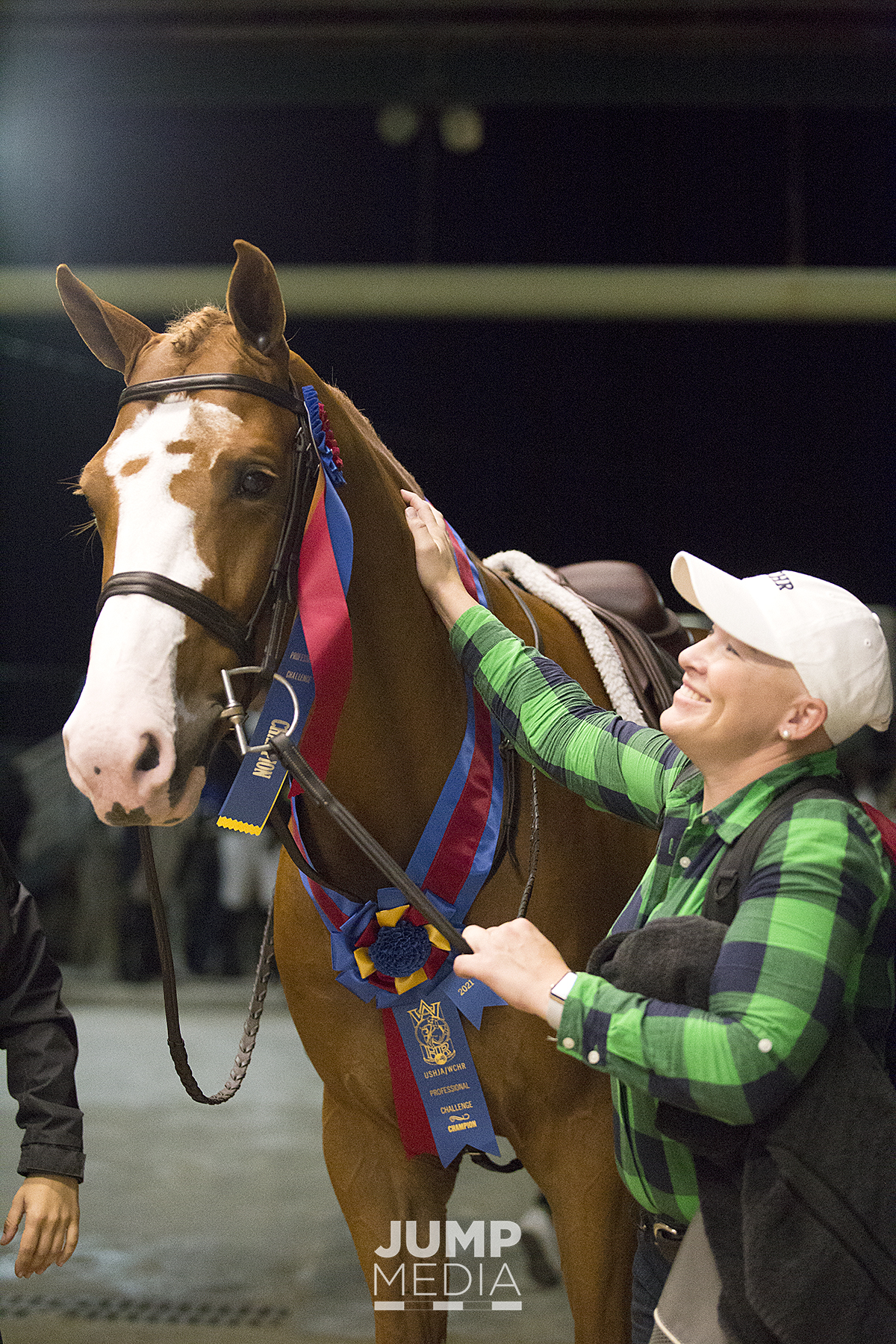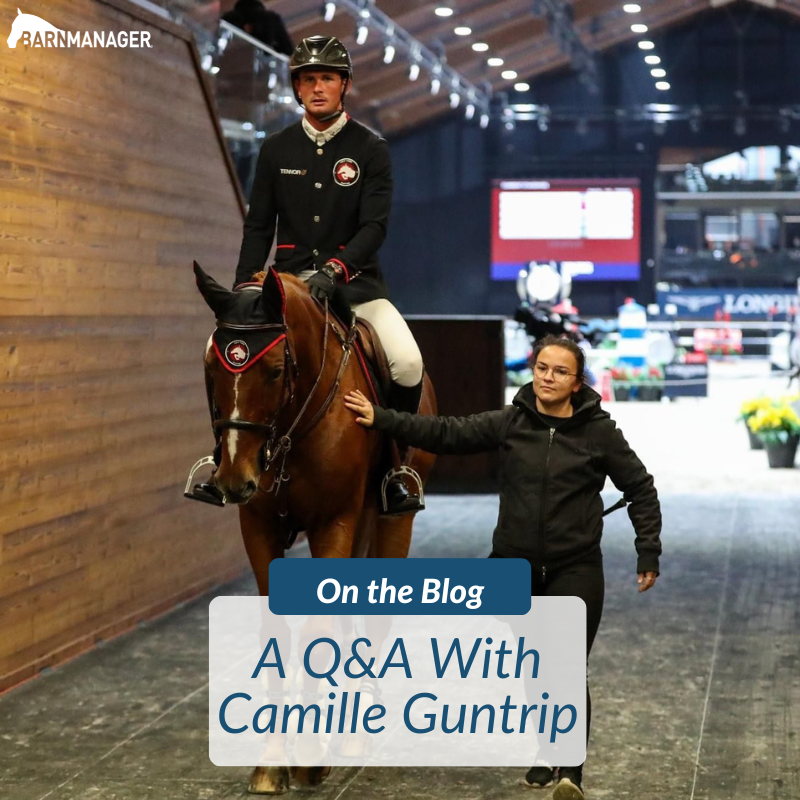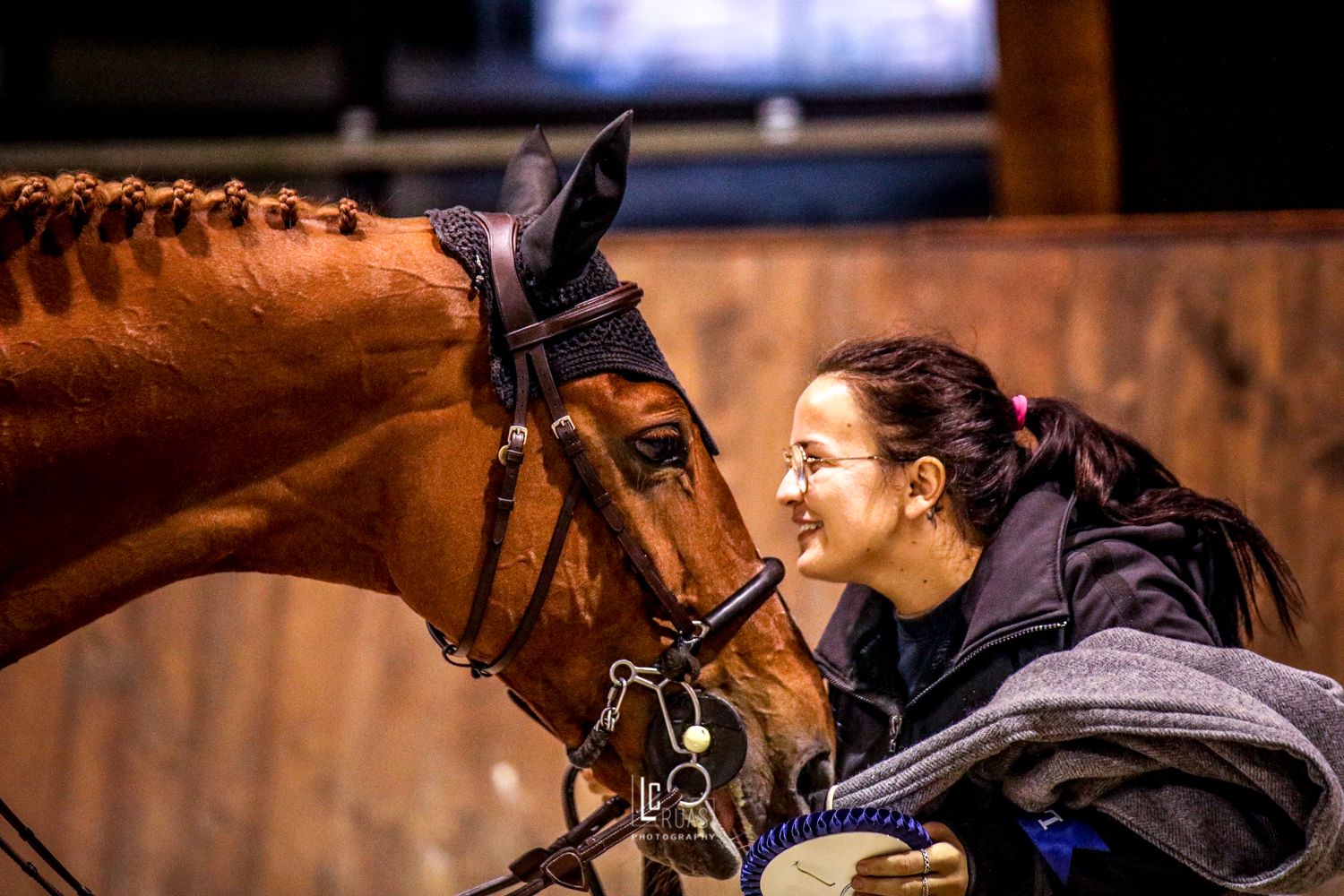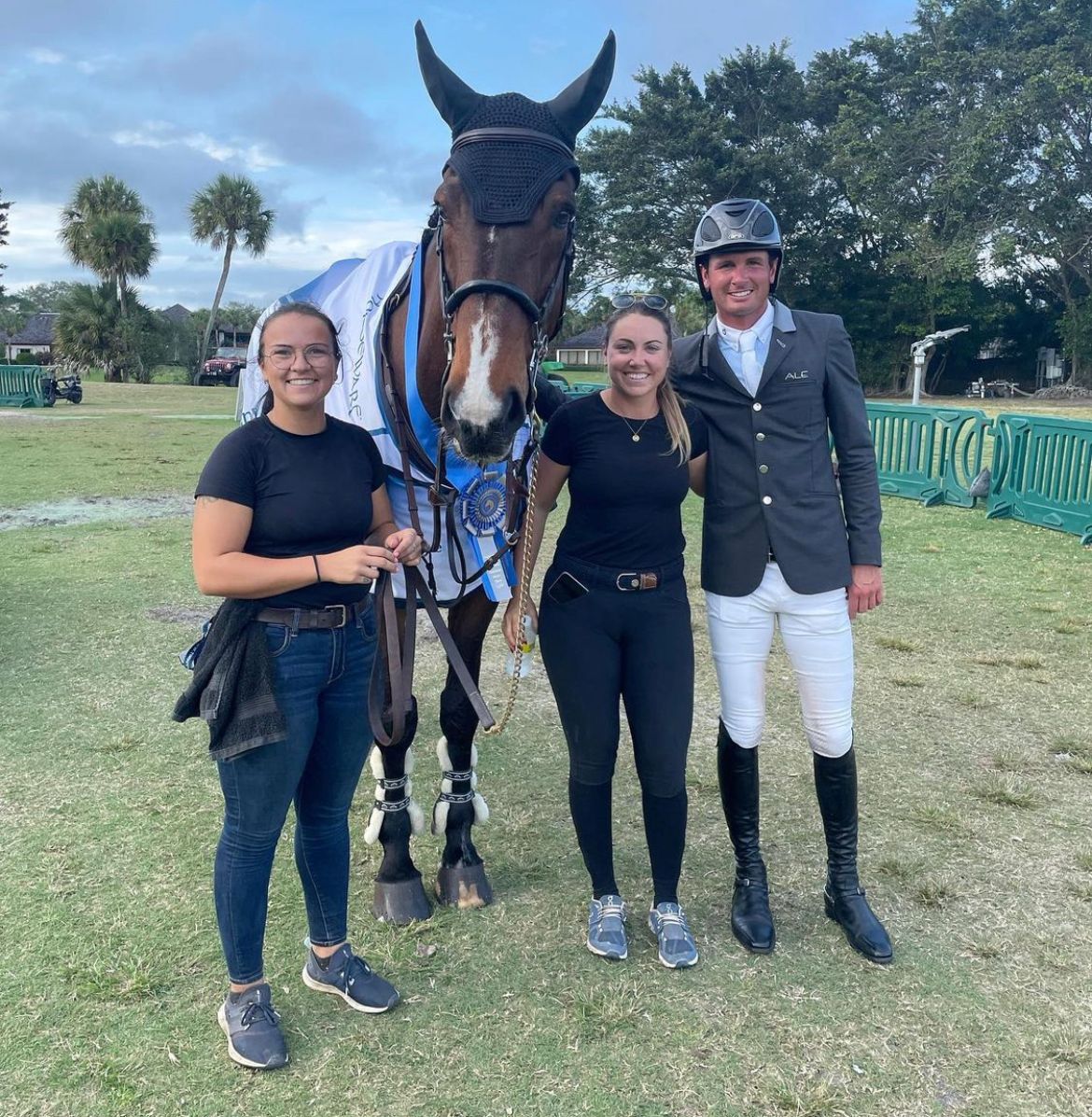Deciding to buy your own farm is a decision not to be taken lightly. Understanding the process and knowing what properties will align with your needs are crucial factors to consider. BarnManager spoke with Martha W. Jolicoeur, one of the top-ranked real estate agents catering exclusively to equestrian clientele in Wellington, FL, to learn from her experience and expertise.
What are some important first steps a person should take when they decide to start looking for a farm?
When you start the process of looking for a farm you want to make sure you know what your budget is, especially when looking at equestrian properties. It’s important to hire a realtor you trust who comes recommended and specializes in horse farms.
What’s the first thing you look for when you walk into a farm, and what are a few other important qualities or features to look for?
As always in real estate, it’s all about location, location, location. Other features or qualities depend on what the buyer is looking for. For example, if you’re in Florida seasonally, you may need less land than if you’re here for a longer period of time. When looking at equestrian properties, it is important to remember that the maintenance of a property in Florida during the summer months is more than what is required in the winter; it rains every day in the summer, and everything grows really quickly.
Another important feature people who have experience working at a horse farm often look for is the ability to see the paddocks from the barn. Also, walkers are currently an important feature for many buyers. A farm that has a covered walker, or room to install one, is highly desirable.
Are there any features you consider to be absolute dealbreakers?
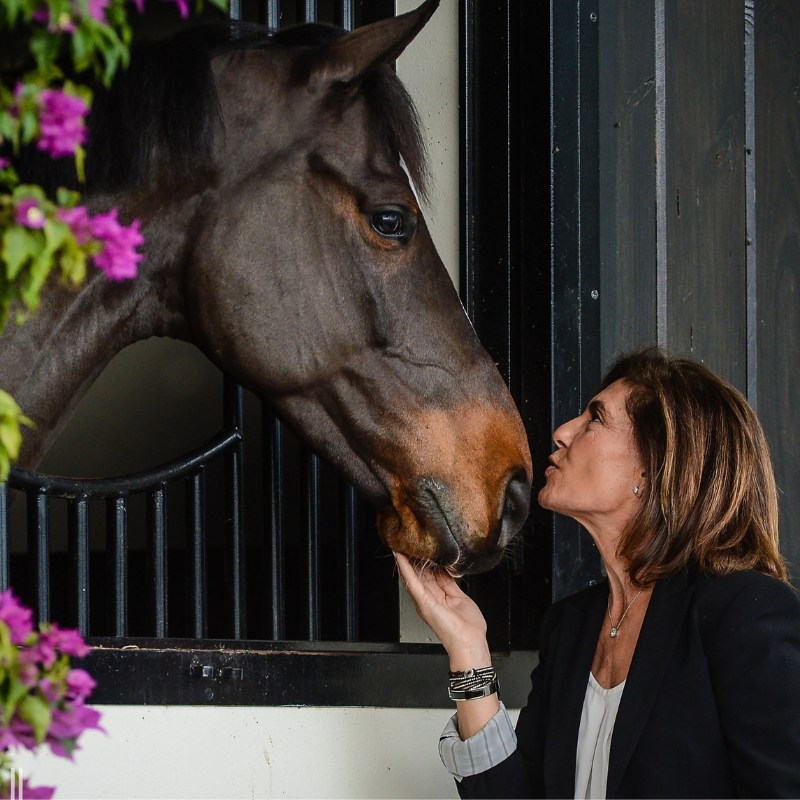
Anything that would be dangerous to the animals is a dealbreaker. Everything should be in a good state of repair. For example, there should be no nails sticking out in the stabling or fencing. If you’re selling, make sure the fencing is painted and looks nice because fencing is important and makes a strong first impression. For the barn itself, you want neutral colors. A barn that is painted in darker colors often looks dated which is a turn-off.
Are there certain features that are often overlooked but important when looking to purchase a farm?
Drainage is an essential feature for any barn. Also, having shade for the horses in the paddocks is often overlooked but is so important. It is a good idea to consider the direction of the barn and if it catches the wind. Having a breeze blowing through a barn aisle in the summer months is a great quality. Specific to barns in warmer climates, understand that rubber pavers do not do well in the sun. Many people are now using a poured rubber instead, which is easy to clean. You want to look for a surface that is attractive and can stand the test of time. If there is light footing in the ring, you don’t want a dark aisle surface that immediately shows the sand when you come into the barn.
Although shopping for an equestrian property is an exciting experience, it is also a large investment. In order to find a property that will best suit your needs, it is important to do your homework and to work with a knowledgeable realtor who understands the nuances of the market.
Have questions about utilizing BarnManager or want to give it a try for yourself? Request a live demo here!
